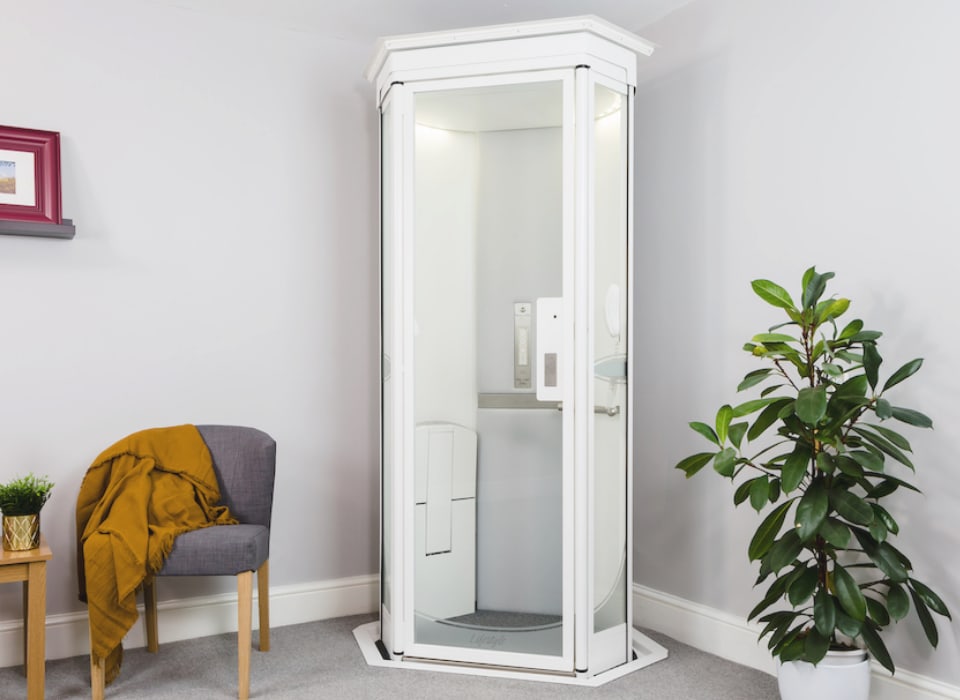Leading Lift Companies in London: Providing Exceptional Service and Support
Leading Lift Companies in London: Providing Exceptional Service and Support
Blog Article
Exploring the Globe of Lifts: Typical Problems Dealt With by Different Lift Systems
As we browse with the upright transportation systems of contemporary structures, elevators stand out as an important component of our day-to-day lives. From hydraulic lifts to traction systems and machine-room-less layouts, each lift type comes with its collection of typical concerns.
Hydraulic Elevators
Hydraulic lifts, typically preferred for low-rise structures, utilize fluid stress to control the activity of the elevator vehicle (lift repair companies). This system entails a hydraulic pump pushing oil into a cyndrical tube, triggering the elevator to relocate the preferred instructions. While hydraulic elevators are understood for their peaceful and smooth procedure, they do come with their own collection of common problems
One common trouble with hydraulic lifts is oil leak. In addition, issues with the control system, such as defective valves or a malfunctioning pump, can trigger interruptions in the lift's activity.
Normal upkeep and punctual fixings are necessary to make sure the smooth performance of hydraulic lifts. By attending to these typical problems proactively, building owners can reduce downtime and guarantee the security and efficiency of their vertical transportation system.
Grip Lifts
When taking into consideration upright transportation systems in buildings, another common kind apart from hydraulic lifts is the traction elevator. Traction elevators run making use of a system of ropes and weights that move the elevator vehicle by gripping onto the hoist ropes. This mechanism permits smoother and much faster upright transport contrasted to hydraulic systems.
Among the typical problems faced by grip elevators is rope wear. The constant activity of the ropes within the grip system can result in damage with time, potentially causing the lift to breakdown or come to be risky for usage. Regular examinations and upkeep of the ropes are necessary to make certain the lift's proper performance and safety.
An additional concern that traction lifts may run into is associated to the control system. Problems with the control system can cause issues such as unpredictable movement, hold-ups in response times, and even full shutdowns. Normal testing and maintenance of the control system are crucial to avoid such issues and make sure the lift's dependability.
Machine-Room-Less (MRL) Lifts

One of the vital components of MRL lifts is the portable gearless traction maker that is mounted within the hoistway. This machine effectively drives the lift automobile without the demand for bulky equipment discovered in typical traction elevators. Furthermore, MRL lifts typically use a counterweight system to stabilize the auto, further improving their energy performance.
In spite of their advantages, MRL lifts might deal with challenges connected to repair and maintenance because of the confined space for tools setup. Availability for servicing components within the shaft can be restricted, needing specialized training for specialists. Proper upkeep schedules and normal assessments are crucial to make certain the continued smooth operation of MRL lifts.
Overloading and Weight Limit Issues
Are elevators furnished to take care of excess weight lots efficiently and safely? Overwhelming and weight limitation problems are crucial problems in lift operations. Lift producers layout lifts with details weight capabilities to make certain passenger safety and security and equipment long life. Exceeding these weight limitations can bring about different troubles, including mechanical failures, hold-ups, and safety and security risks.
When lifts are overloaded, it puts extreme stress on the electric motor, wires, and other components, potentially triggering malfunctions or malfunctions. Safety mechanisms such as sensors and overload sensors are in place to avoid elevators from moving if they discover excess weight. Furthermore, surpassing weight limitations can result in enhanced energy consumption and wear and tear on the elevator system.
To mitigate overloading concerns, constructing supervisors must prominently display weight limits in lifts and enlighten owners on the value of adhering to these restrictions - lift repair companies. Regular maintenance checks by certified service technicians can likewise help ensure that lifts are operating within safe weight criteria. By attending to overloading and weight limitation issues proactively, structure owners can boost lift safety and performance
Electric System Failures
Going beyond weight limitations in lifts can not only lead to mechanical concerns but additionally possibly add to electric system failures within the lift framework. Electrical system failings are an important concern in lift operation, as they can cause unexpected closures, malfunctions, or perhaps safety and security hazards. One usual electric concern is the getting too hot of components due to extreme current flow caused by overloading the elevator past its ability. This can lead to damage to the electric motor, lift repair near me wiring, or control systems, resulting in costly fixings and downtime.
Moreover, power surges or fluctuations in the electrical supply can likewise interrupt the lift companies in London elevator's operation, impacting its efficiency and safety and security. These electric disruptions can harm delicate lift elements such as control panels, circuit card, or sensors, causing system failures. Routine maintenance and assessments are vital to recognize and resolve possible electric problems quickly, guaranteeing the safe and efficient procedure of elevator systems. By adhering to weight restrictions and performing routine electrical system checks, structure proprietors can reduce the risk of electric failings in elevators.
Verdict

Hydraulic elevators, usually chosen for low-rise structures, make use of fluid pressure to manage the motion of the lift vehicle.When thinking about upright transportation systems in structures, an additional usual type aside from hydraulic elevators is the traction elevator. Grip lifts run making use of a system of ropes and counterweights that move the elevator cars and truck by clutching onto the hoist ropes. Unlike traditional elevators that need a separate maker area to house the equipment, MRL elevators integrate most of the components within the shaft, eliminating the need we maintain lifts for a specialized maker area.In verdict, elevators deal with typical problems such as hydraulic malfunctions, traction system failures, and electric system troubles.
Report this page